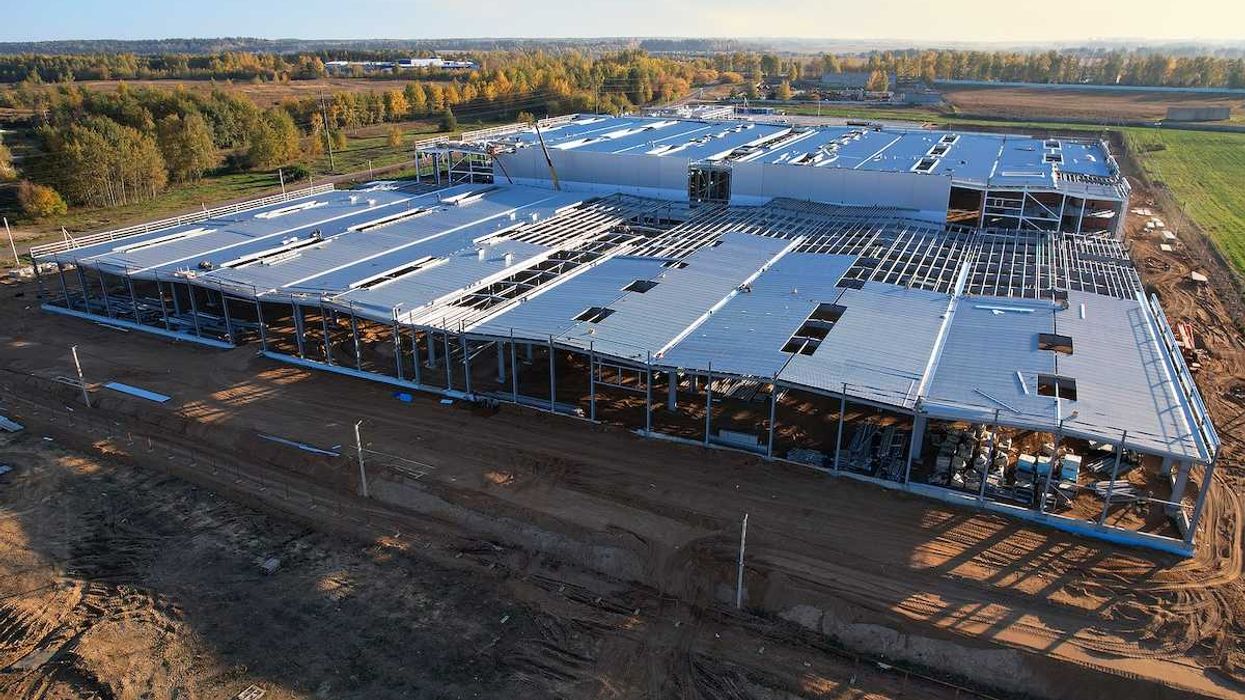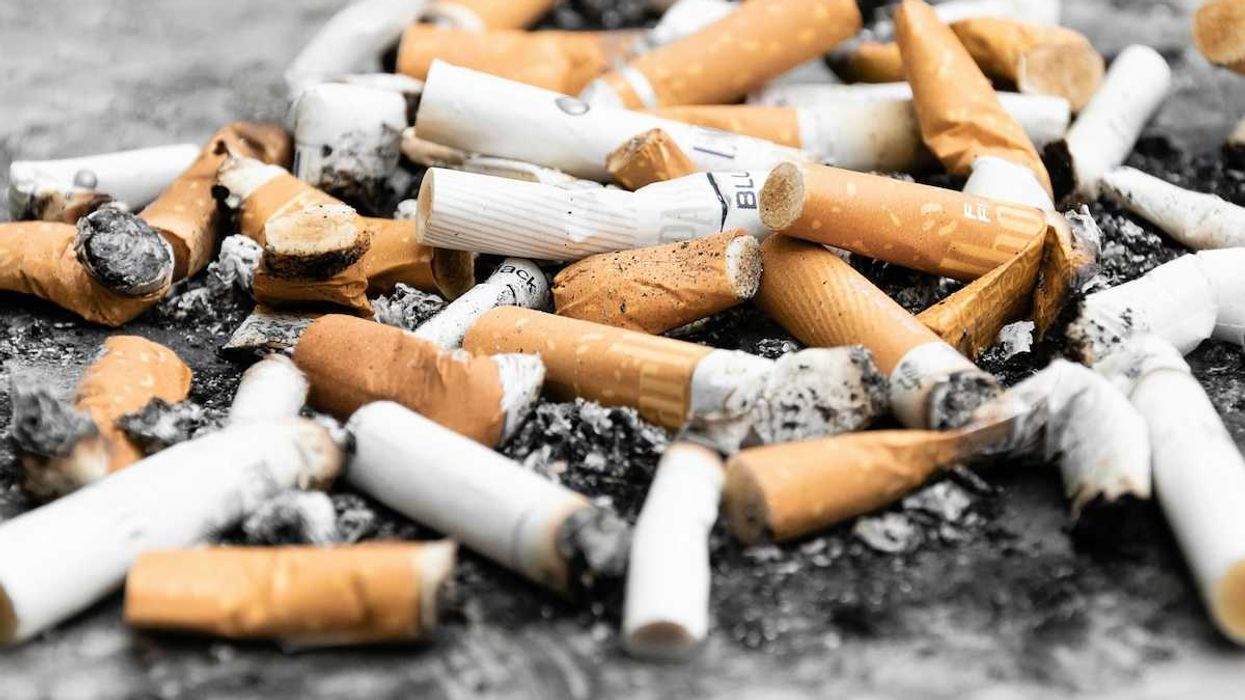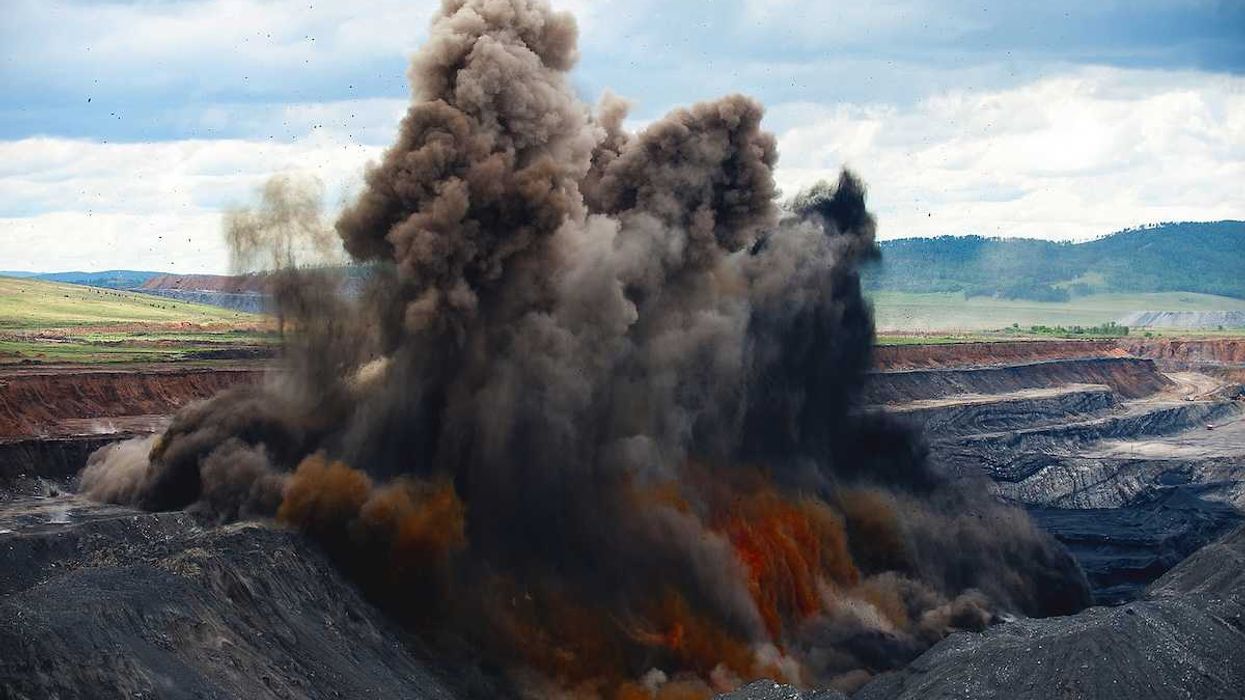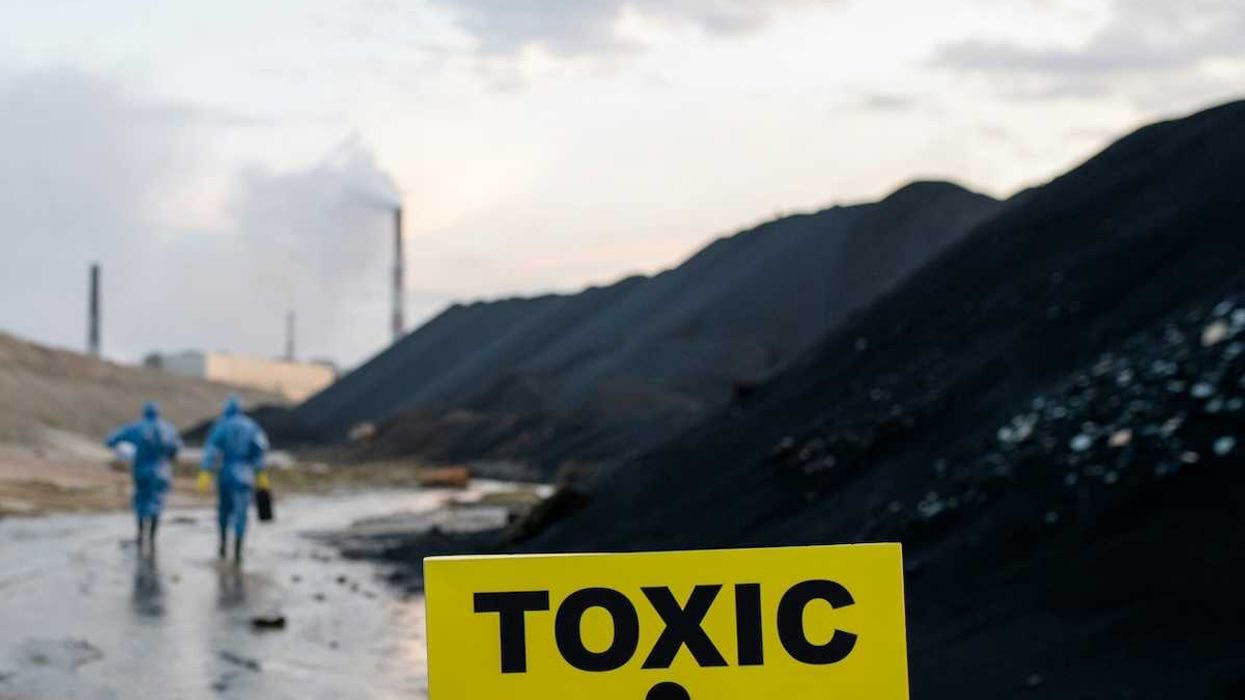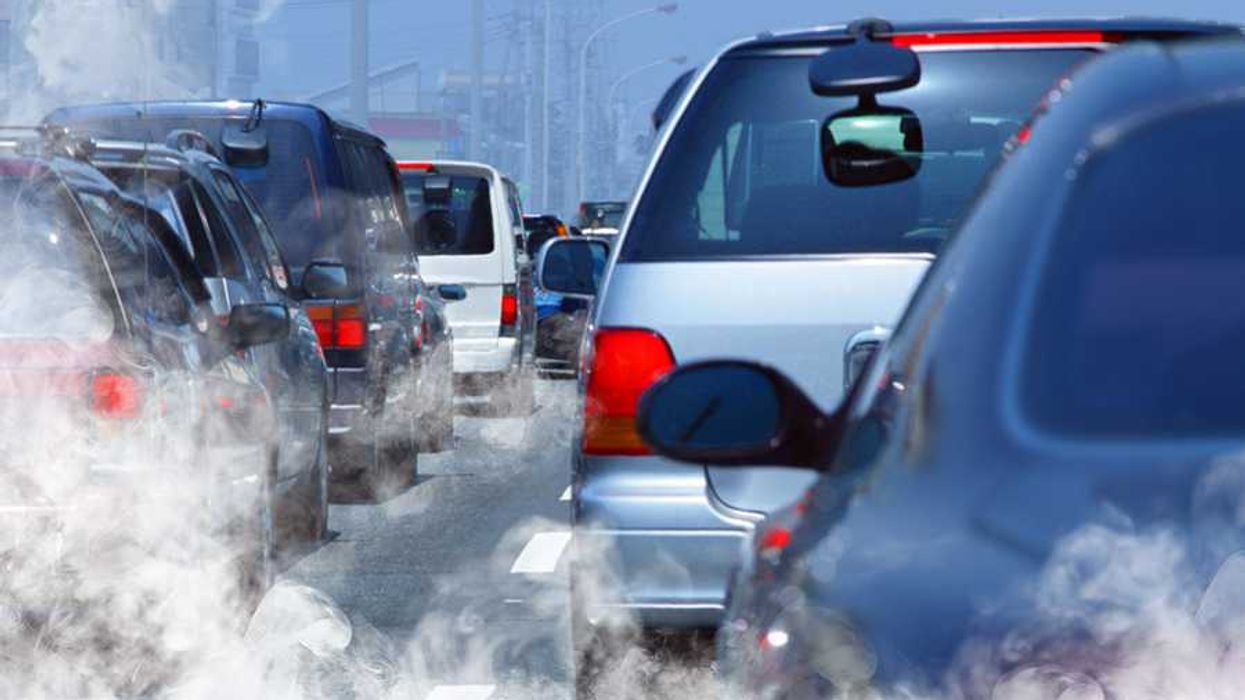Congress is weighing a proposal to bring in independent scientists to reassess cancer risks among troops who serve in underground nuclear missile facilities after early findings from an Air Force study left unanswered questions about toxic exposures.
Davis Winkie reports for USA TODAY.
In short:
- The House draft defense bill includes language directing the National Academy of Sciences to evaluate health and safety conditions in Minuteman III missile facilities and review the Air Force’s current cancer study.
- The Air Force’s own research found no higher cancer rates among missile crews but confirmed polychlorinated biphenyl contamination at sites in Montana and North Dakota.
- Advocacy groups and some lawmakers argue independent oversight is needed after reports of elevated non-Hodgkin lymphoma cases among missile personnel.
Key quote:
"Let's make sure that we have some outside experts working with the Air Force. We want to make sure there's credibility and, whatever results come out, that we've done total due diligence."
— Rep. Don Bacon, R-Nebraska
Why this matters:
Military service members stationed in missile silos work in enclosed spaces built decades ago, where aging infrastructure can harbor chemicals now known to be carcinogenic. Polychlorinated biphenyls, once widely used in electrical equipment, linger in soils and building materials and resist natural breakdown. Exposure is linked to immune and endocrine system effects as well as certain cancers. Questions about whether missile crews face higher risks strike at a broader concern: how the military monitors and discloses toxic exposures to its own personnel, and whether veterans struggling with rare diseases can trust the systems meant to protect them.
Related: Atomic veterans still fight for recognition as nuclear tests make a political comeback



